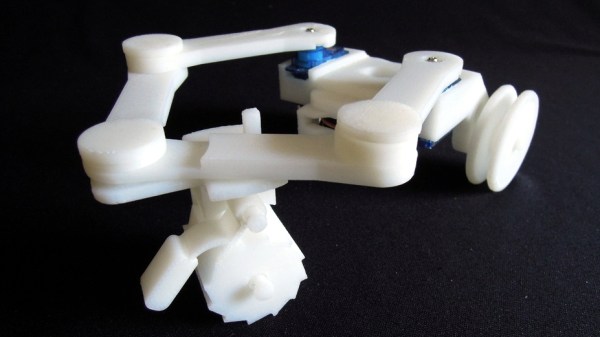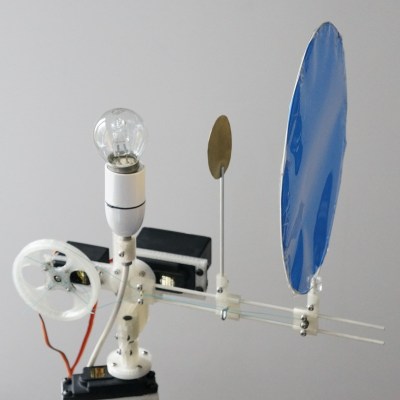 This is an older project, but the electromechanical solution used to create this giant, staring eyeball is worth a peek. [Richard] and [Anton] needed a big, unblinking eyeball that could look in any direction and their solution even provides an adjustable pupil and iris size. Making the pupil dilate or contract on demand is a really nice feature, as well.
This is an older project, but the electromechanical solution used to create this giant, staring eyeball is worth a peek. [Richard] and [Anton] needed a big, unblinking eyeball that could look in any direction and their solution even provides an adjustable pupil and iris size. Making the pupil dilate or contract on demand is a really nice feature, as well.
The huge fabric sphere is lit from the inside with a light bulb at the center, and the iris and pupil mechanism orbit the bulb like parts of an orrery. By keeping the bulb in the center and orbiting the blue gel (for the iris) and the opaque disk (for the pupil) around the bulb, the eye can appear to gaze in different directions. By adjusting the distance of the disks from the bulb, the size of the iris and pupil can be changed.
A camera system picks out objects (like people) and directs the eye to gaze at them. The system is clever, but the implementation is not perfect. As you can see in the short video embedded below, detection of a person walking by lags badly. Also, there are oscillations present in the motion of the iris and pupil. Still, as a mechanism it’s a beauty.
Continue reading “Behold The Giant Eye’s Orrery-Like Iris And Pupil Mechanism”

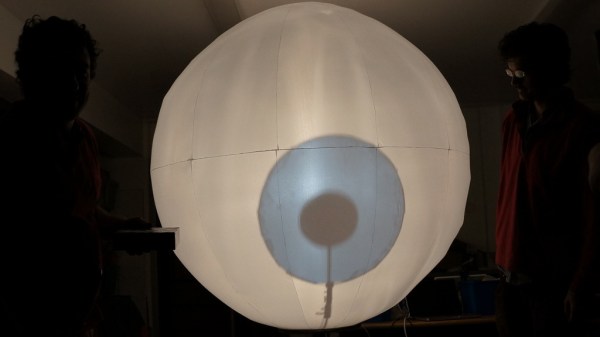
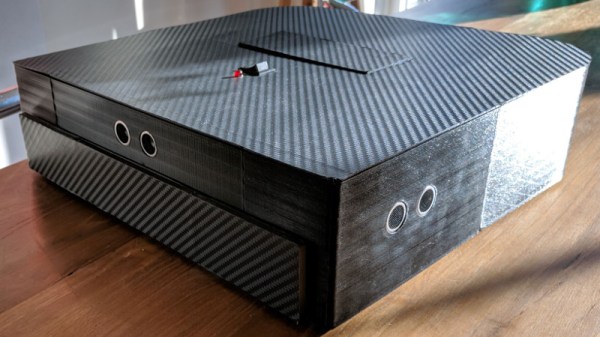
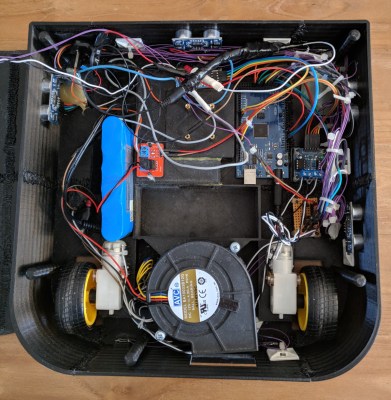

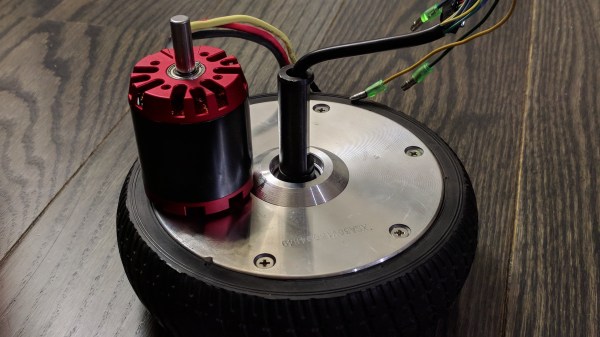
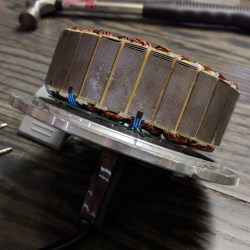 [madcowswe] starts by pointing out that the entire premise of ODrive (an open-source brushless motor driver board) is to make use of inexpensive brushless motors in industrial-type applications. This usually means using hobby electric aircraft motors, but robotic applications sometimes need more torque than those motors can provide. Adding a gearbox is one option, but there is another: so-called “hoverboard” motors are common and
[madcowswe] starts by pointing out that the entire premise of ODrive (an open-source brushless motor driver board) is to make use of inexpensive brushless motors in industrial-type applications. This usually means using hobby electric aircraft motors, but robotic applications sometimes need more torque than those motors can provide. Adding a gearbox is one option, but there is another: so-called “hoverboard” motors are common and 

